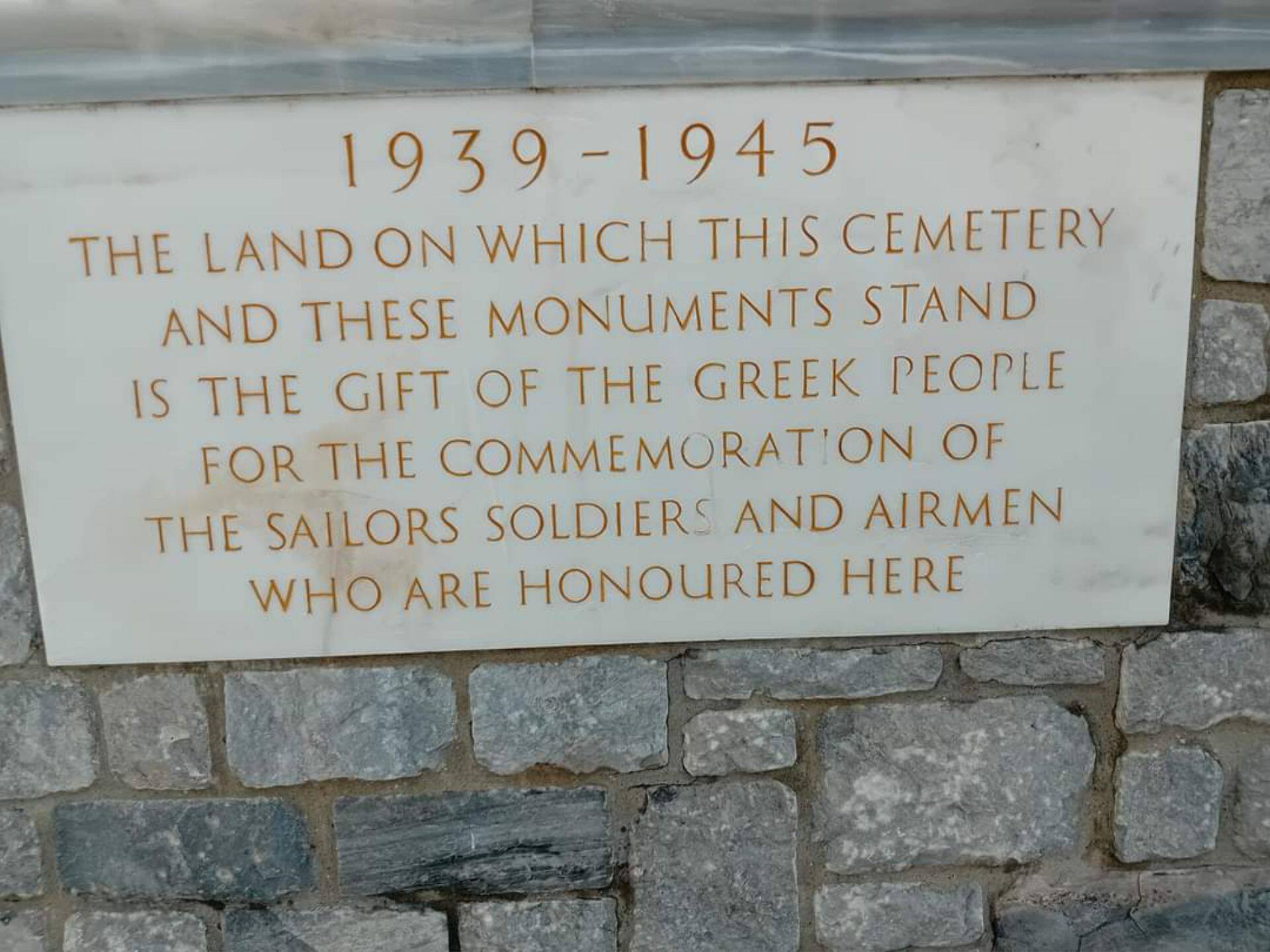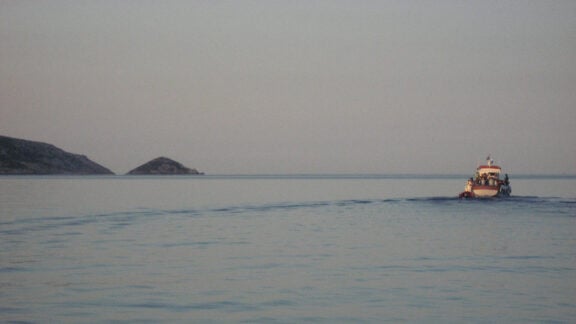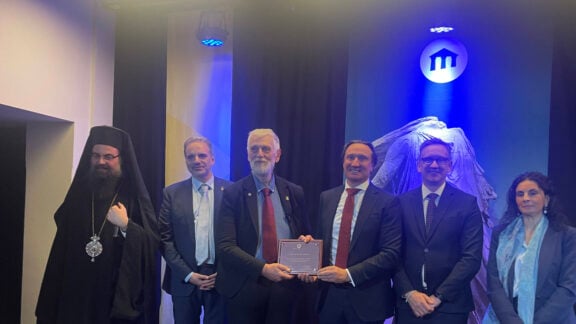Last Friday I visited the Phaleron War Cemetery located outside Athens near the sea. If I remember well my history, the long walls of Athens reached out to Phaleron to guard the port.
Today a Patch of Phaleron is dedicated to all the Allied war dead who perished during the battle for Greece during WW2.
This is the third time I have visited this cemetery. The first time was in 1991 when I was part of the Australian Army contingent named Telamon Force, for the 50th Anniversary of the Battle of Greece and the island of Crete. The second visit was post, the year 2000 upon where I photographed every ANZAC grave stone.

This time it was a visit to remember the previous occasions and to reinforce my thoughts regarding paying tribute to the greatest generation of our time. I say the greatest, for that generation faced overwhelming odds, challenges and diverse calamities that would have buried deeply any prior civilisations forever.
I for one felt a calm quietness come over me. A certain feeling that I was most welcome and that the dead had come to greet me.
On this occasion, I spoke with the cemetery gardner named Chris, who provided me with additional information. Chris advised where I would find the catalogue of the graves and what the huge marble stele stood for. The graves held whatever remains of the dead who had been identified, graves stones of those whose remains that could not be identified and of the marble stele who has died but no remains found.

The cemetery itself is located near the seashore, parallel with the major traffic highway and surrounded by luxury apartments. However despite the noise of the traffic, there is a certain stillness in the air and one cannot but feel a certain serenity on entering the beautiful short cut green grass lawn.
It’s as if the noise of the traffic takes second place in the environment and I for one felt a calm quietness come over me. A certain feeling that I was most welcome and that the dead had come to greet me. I walked along the gravestones and read the comments left by loved ones. I was visibly moved.

I looked at the names and wondered whether these were the fathers of some of the sons that I had served with. I must add that many names appeared familiar to me and I was moved to see how young they were. I know that many of my Royal Australian Regiment (RAR) and other Corps mates, fathers had fought in Greece and Crete. [This article is dedicated to them].
I returned to the location where Chris the gardner had advised me to go and found in a vault like cavity of two catalogues of all the war dead. In addition, I also found the visitors note book and added my few comments of gratitude and tribute to the fallen.
On doing so, I photographed both catalogues containing the dead and hope to one day replicate them for the HANZAC Memorial in Pellana, Laconia, Greece. One of the many visitors had left a red poppy with a note to one buried amongst his mates.

I recommend every Australian and New Zealand citizen to visit the Phaleron at least once in their life time. A beautiful cemetery well kept and maintained by funds donated by the embassies of whose men and women lie buried on Greek soil.
On completing my tour of the cemetery, I returned to the quietness of the Alimo suburb which I believe is a region close to Nea Smyrni, whose ancestral origins are from Asia Minor as a a result of the 1922 exchange of populations between Greece and Turkey.
I had a cup of coffee at the Cafe Le Bon, a local cafe operated by the proprietor named Voula, whose father was a refugee from Asia Minor. Voula gave me the history of the suburb, the people and of the Rebetika songs that were once banned as being too subservient to the government of the day. Rebetika today are similar to the Blues and are considered a classic reminder of hardship and struggles of a bygone era.

* Peter Adamis is a community contributor to Neos Kosmos









